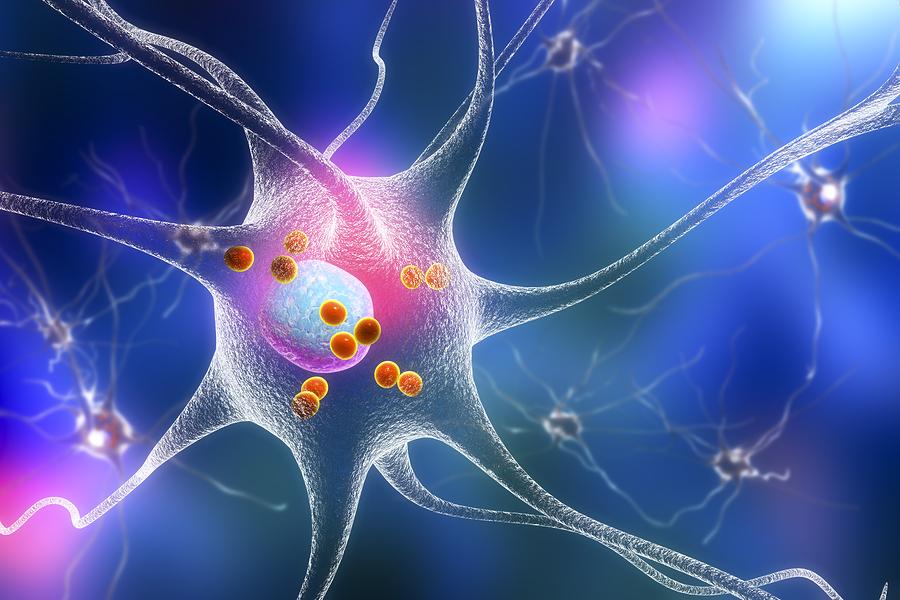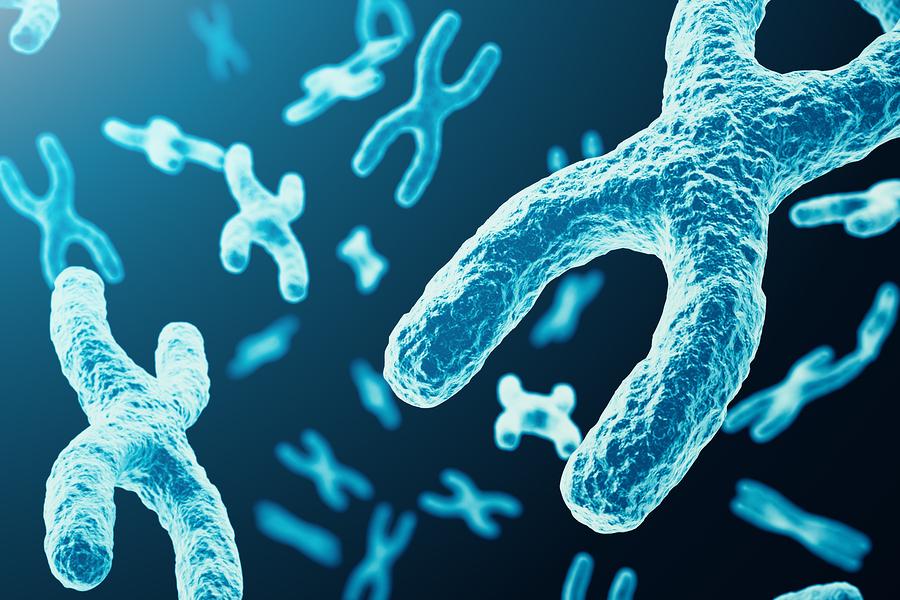The nervous system is responsible for transmitting signals between different parts of the body, and is made up of nerves and cells. Today we are going to take a look at how the nervous system is constructed, and find out how exercise can help to improve the function of this system!
The nervous system can be divided into two separate systems – the central nervous system and the peripheral nervous system. It is important to know the difference because they have two different purposes but work in collaboration together.
The Central Nervous System
The brain, the spinal cord, and the nerves of the body, make up the central nervous system. This system controls the majority of the functions of both the body and the mind.
The Peripheral Nervous System
The peripheral nervous system is made up of all of the nerves and nerve cells that are external to the central nervous system.
The function of the peripheral nervous system is to relay information from the central nervous system to the rest of the body, and from the body back to the central nervous system.
The peripheral nervous system can also be broken down into two subdivisions – the somatic nervous system and the autonomic nervous system.
The Somatic Nervous System
The somatic nervous system can also be referred to as the voluntary component of the peripheral nervous system. This is how movement is brought about with the use of the skeletal muscles.
The Autonomic Nervous System
The autonomic nervous system can also be referred to as the involuntary component of the peripheral nervous system.
Certain essential processes in the body are regulated by the autonomic nervous system, such as blood pressure and the rate at which we breathe. The autonomic nervous system can be further divided into the sympathetic and parasympathetic nervous systems.
The sympathetic nervous system activates what is often known as the fight or flight response. This basically refers to how the body deals with stressful situations – we’ll take a closer look at this later!
The parasympathetic nervous system, on the other hand, is referred to as the rest and digest system. It helps the body to conserve energy by slowing the heart rate, increasing gland activity, and relaxing the muscles.
What are Nerves?
It can help you to better understand how the various nervous systems work if you have a better understanding of one of the most important components of these systems – the nerves!
Nerves are collections of specialised cells known as neurons. The nerves carry signals from one area of the body to another. These neurons send signals through thin fibres in the body known as axons.
There are three different types of neuron, and each has a unique function of its own. These are sensory neurons, relay neurons, and motor neurons.
Sensory Neurons
Sensory neurons take signals to the brain and the spinal cord all the way from our sensory receptors. The sensory receptors are cells in the body that can detect changes in the external environment, prompting them to send electrical impulses to the relevant area for a response.
Relay Neurons
The relay neurons are responsible for carrying messages from different parts of the central nervous system to another.
Motor Neurons
Motor neurons are responsible for taking messages from the central nervous system to the parts of the body that need to receive that signal, such as muscles or glands.
How Can Exercise Benefit the Nervous System?
Engaging in regular physical activity has been shown to have a beneficial effect on the central nervous system. There is also evidence to suggest that there are recovery advantages to those who have had their motor functions affected by illness or injury.
The short-term effects of exercise on the nervous system are primarily in relation to the neurotransmitters. Signals are sent through the neutrons in the brain and hereby the potential to retain information begins to develop.

Fantastic aerobic exercises to try are running, cycling, rowing, swimming, and jumping rope.
The sympathetic nervous system also stands to benefit from regular exercise. When you are stressed out, this is the system that is activated. This activation has several knock-on effects, such as heightened blood pressure, increased heart rate, sweating, and a decrease in the rate of digestion. However, regular physical exercise is shown to lower activity of the sympathetic nervous system, and encourages activity of the parasympathetic nervous system instead.
References
1) https://www.livescience.com/22665-nervous-system.html
Related Posts
Cigarettes May Inhibit Inflammation Treatments
Axial spondyloarthritis, also known as AxSpa, is a chronic…








